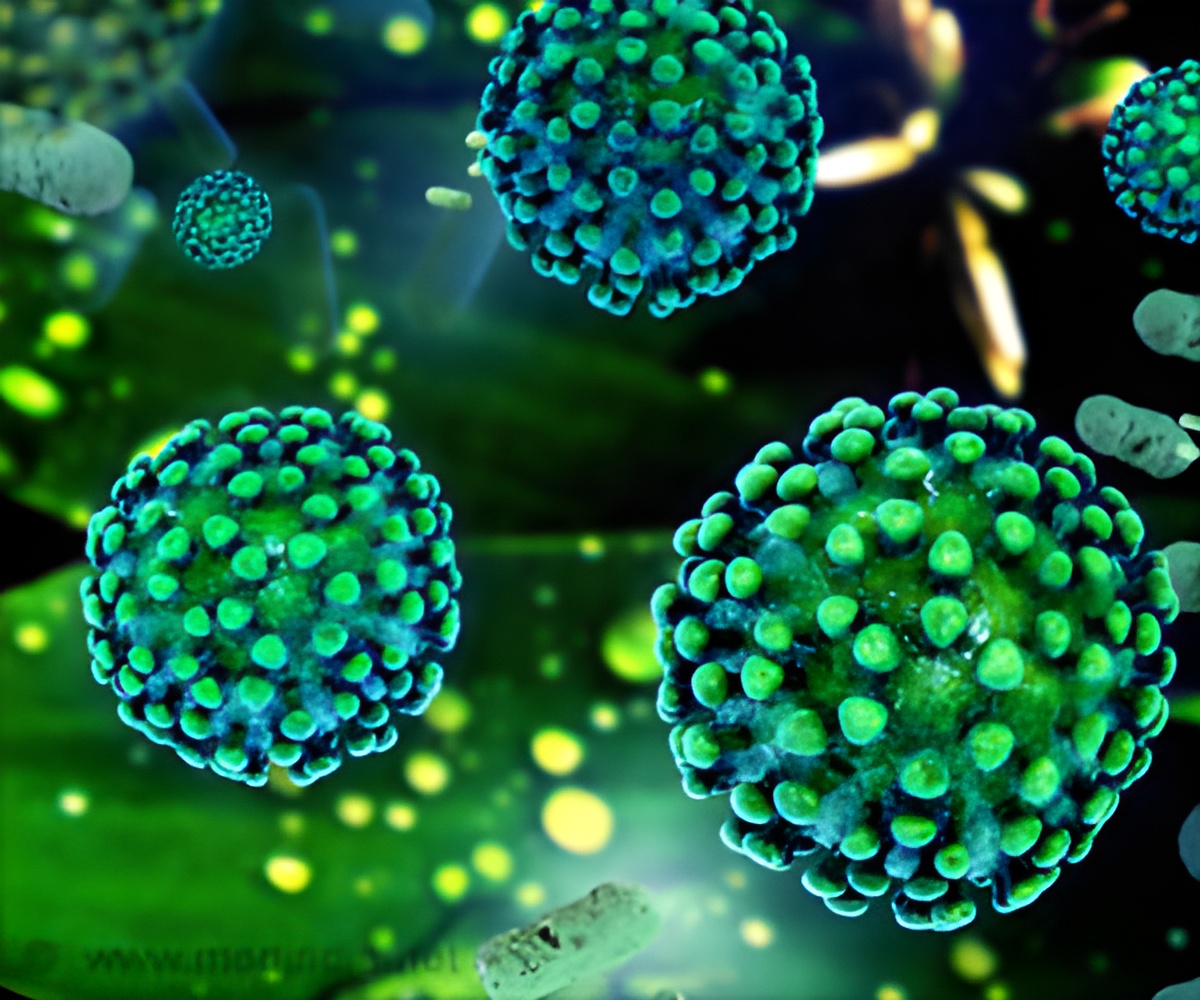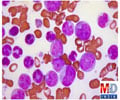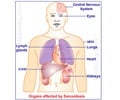Childhood acute lymphocytic leukemia and congenital cytomegalovirus (CMV) linked.

- Acute lymphocytic leukemia (ALL) develops in children between the ages of two and six.
- Research team tracked ALL back to a herpes virus
- Hispanic children are at the highest risk for developing ALL.
The research team used an ultra-sensitive digital droplet screen to examine newborn blood samples for CMV from 268 children who went on to develop ALL. The samples were compared with 270 healthy children.
"Our goal in tracking CMV back from the time of diagnosis to the womb was to establish that this infection occurred well before initiation of disease," said lead study author Stephen Francis, PhD, assistant professor of epidemiology at the University of Nevada and University of California, San Francisco. Study collaborators also included investigators at the University of California, Berkeley, where the California Childhood Leukemia Study -- through which investigators obtained the bone marrow samples -- is based.
Children who went on to develop ALL are 3.71 times more likely to be CMV-positive at birth.
5.9-fold increased risk of ALL in Hispanics infected perinatally with CMV.
The team hopes that these results will inspire more research to validate the study findings and lead to the development of a CMV vaccine.
Childhood Acute Lymphocytic Leukemia (ALL)
- ALL is a type of cancer characterized by overproduction of white blood cells by the bone marrow.
- ALL is the most common form of cancer in children but it also affects adults.
- Signs of childhood ALL include fever and bruising.
- When an infant is born with cytomegalovirus (CMV) infection it is known as congenital cytomegalovirus.
- In the United States 1 in 3 children is infected with CMV by age of 5 years.
- 1 out of every 150 babies is born with congenital CMV infection.
- During pregnancy CMV virus can flare up and be transmitted to the fetus, causing serious consequences such as birth defects and hearing loss in newborns.
- Babies with signs of congenital CMV infection at birth include premature birth, liver problems, small head size, seizures.
- Stephen Starko Francis et al. In Utero Cytomegalovirus Infection and Development of Childhood Acute Lymphoblastic Leukemia; Blood; (2016) DOI: https://doi.org/10.1182/blood-2016-07-723148
- Acute Lymphoblastic Leukemia - (http://www.leukaemia.org.au/blood-cancers/leukaemias/acute-lymphoblastic-leukaemia-all)
- Childhood Acute Lymphoblastic Leukemia - (https://www.cancer.gov/types/leukemia/patient/child-all-treatment-pdq )
- Cytomegalovirus (CMV) - (https://www.cdc.gov/cmv/)
- Congenital Cytomegalovirus Infection - (https://www.cdc.gov/cmv/congenital-infection.html)














